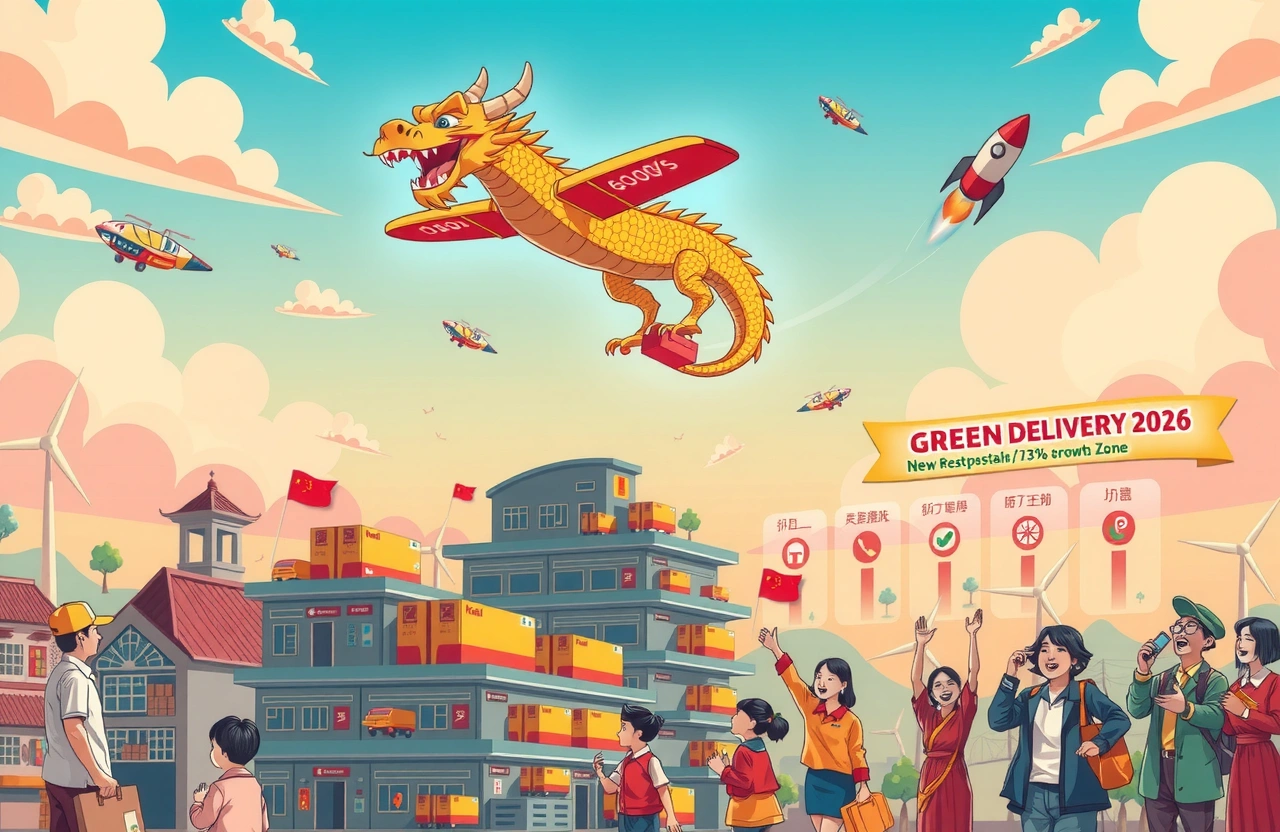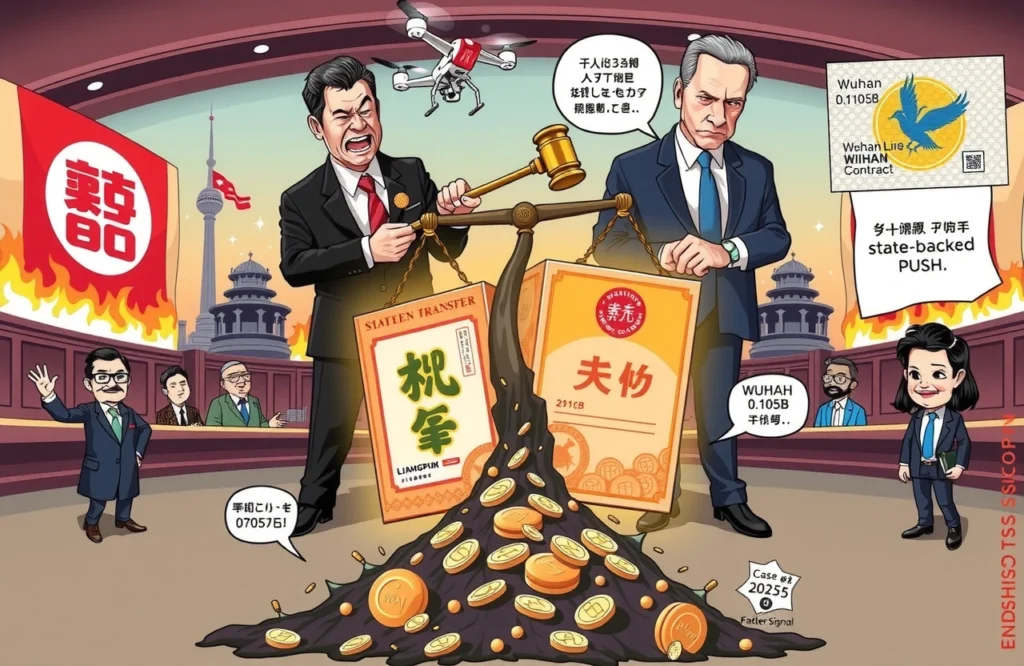Key Takeaways:
– China’s express delivery sector maintains world-leading position for 11 consecutive years
– Daily parcel volumes exceed 500 million, averaging nearly 6,000 processed per second
– Rural logistics systems bridge urban-rural gaps while Xinjiang initiatives enable nationwide access
– Central and western regions achieve 30-34% annual growth through strategic infrastructure
– Industry integration breaks market barriers, driving unified economic development
China’s express delivery network operates at staggering capacity—processing nearly 6,000 parcels every second around the clock. This relentless pace fuels a monumental achievement: eleven consecutive years as the undisputed global leader in parcel volume. State Post Bureau Director Zhao Chongjiu (赵冲久) recently highlighted this dominance in Beijing, emphasizing how modern postal services act as strategic arteries within China’s national circulation system. Far beyond simple package movement, this logistical powerhouse actively reshapes economic landscapes—shrinking urban-rural disparities, accelerating regional development, and unifying markets through seamless flow of goods. With daily volumes surpassing 500 million parcels, China’s distribution infrastructure demonstrates unparalleled scalability while creating tangible social impacts nationwide.
China’s Express Delivery Engine: Global Leadership Highlights
China’s position as the world’s parcel processing leader continues unchallenged, handling over half a billion shipments daily across its networks. This translates to approximately 6,000 parcels entering delivery channels each second—a tempo sustained through sophisticated logistics frameworks that optimized routing algorithms across 40,000+ distribution centers. Industry methodologies blend automation with data analytics, achieving 98% on-time delivery rates domestically despite extreme volume pressures.
Volume Milestones Defining Market Dominance
Growth milestones reveal market maturation:
– 2024 daily volumes hit 502 million parcels, 8% higher than 2023 peaks
– Western provinces show exponential growth: Qinghai/Gansu processing centers doubled daily throughput
– Specialized SME business-to-consumer shipments increased 37% year-on-year
Narrowing Development Gaps Through Regional Logistics
Prioritizing rural logistics established comprehensive county-town-village networks across underserved districts—converting infrastructural gaps into economic catalysts.
Transformative Impacts of Tiered Postal Systems
Three-tier logistics achieved measurable outcomes:
– Xinjiang Free Shipping initiative redirected agricultural exports nationwide, boosting farmer incomes 19%
– Zero-distance parcel collection stations reached 96% of administrative villages
– Provincial integration created 180,000+ rural logistics jobs since 2021
Accelerating Growth in Central and Western Regions
Strategic infrastructure investments shifted volume concentration, projecting central/western zones as primary future growth engines.
Infrastructure Expansion and Economic Rebalancing
The Flow Economy: Unifying Markets Through Parcel NetworksPostal systems thread seamlessly through commerce ecosystems, demonstrating how parcel movement catalyzes broader economic integration. Daily flows exceeding half a billion shipments reflect deepening consumption linkages across demographics.
Beyond Delivery: Integration Enabling Market Unity
Industry synergy drives complex coordination:
– Live commerce integrations achieved 45-minute production-to-doorstep fulfillment
– Multi-modal transport connected rail/air assets, eliminating provincial transit bottlenecks
– Policy frameworks like Yangtze Delta logistics standardization cut operational redundancies
Sustaining Global Dominance Through Innovation
Future-proofing leadership requires continuous adaptation—leveraging partnerships announced at Beijing press briefings toward ambitious sustainability targets.
Efficiency and Carbon Neutrality Initiatives
International benchmark challenges prompted evolution:
– National green warehouse compliance standards launching December 2024
– EV delivery fleet expansion target: 600,000 vehicles by 2026
– Automated sorting bots deployed across 80% major hubs by 2025
Reverse logistics enhancements particularly benefit export businesses: cross-border return processing windows shrank from 14 to 5 days globally—strengthening ecommerce competitiveness abroad.
China’s express delivery sovereignty reflects coordinated nationwide infrastructure vision fundamental to economic stability. The 6,000 parcels-per-second benchmark symbolizes interconnected prosperity—shifting regional commerce paradigms while setting unmatched logistical precedents. Forward momentum requires collaborative engagement: policymakers must accelerate West-China modernization while enterprises explore smart warehousing conversions converting density challenges into agility assets. Explore localized decentralization impacts through State Post Bureau quarterly operational updates.




